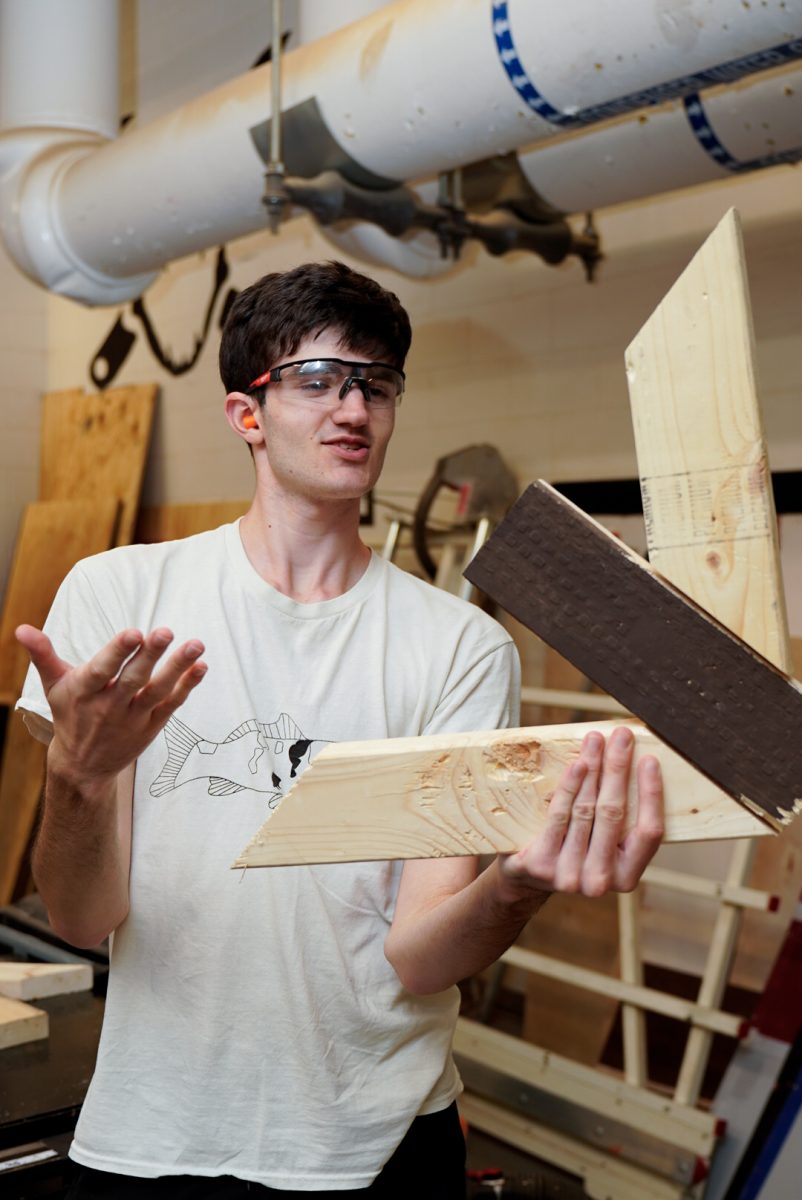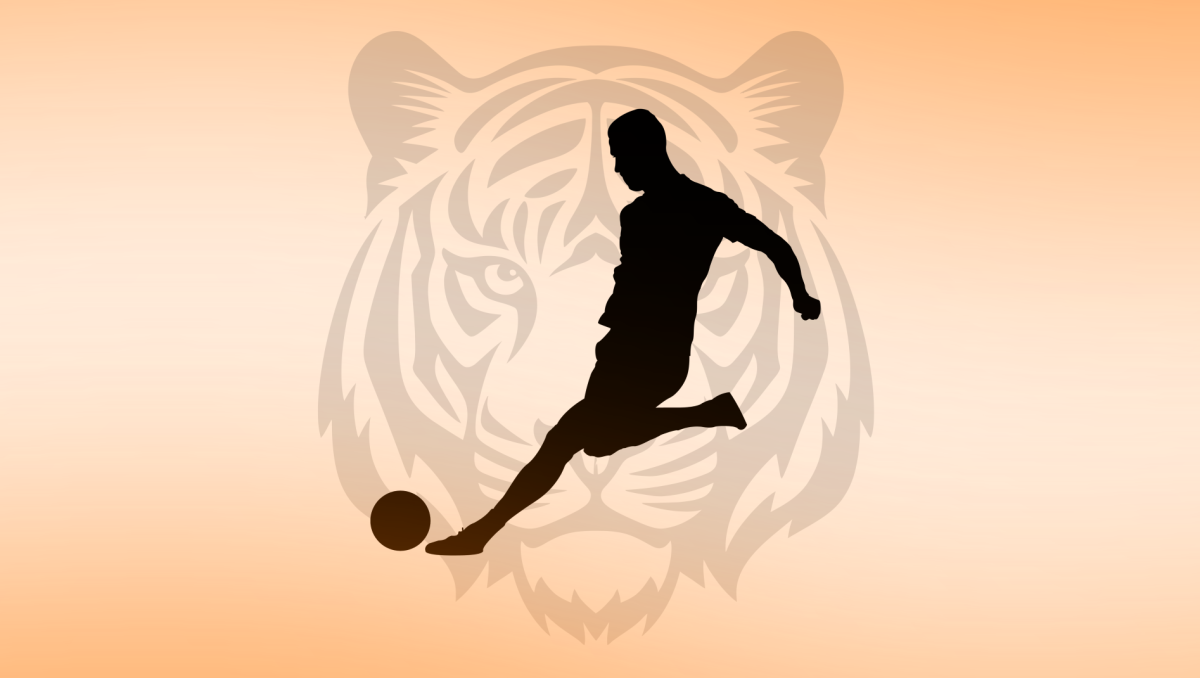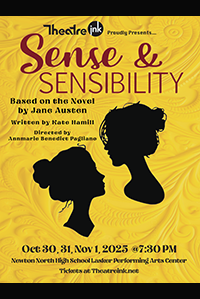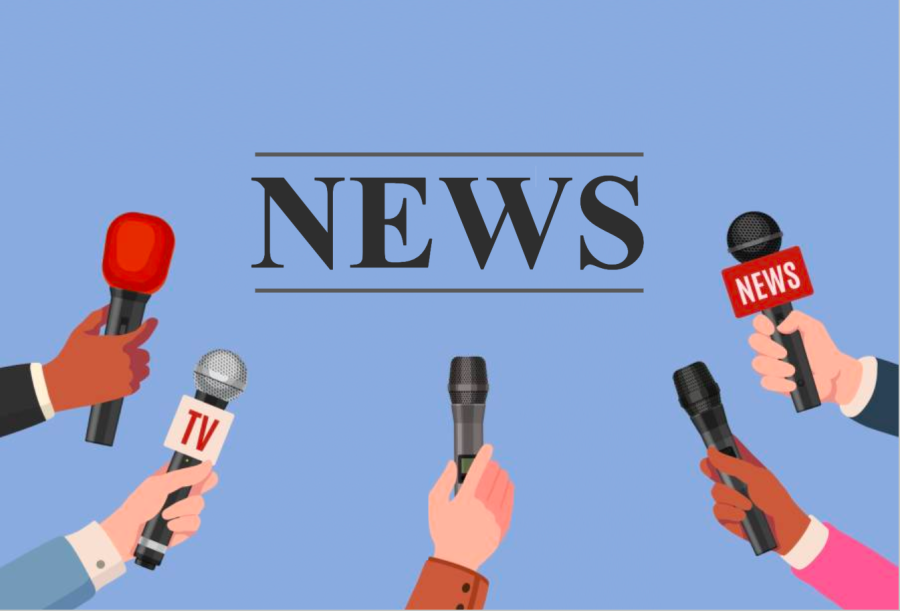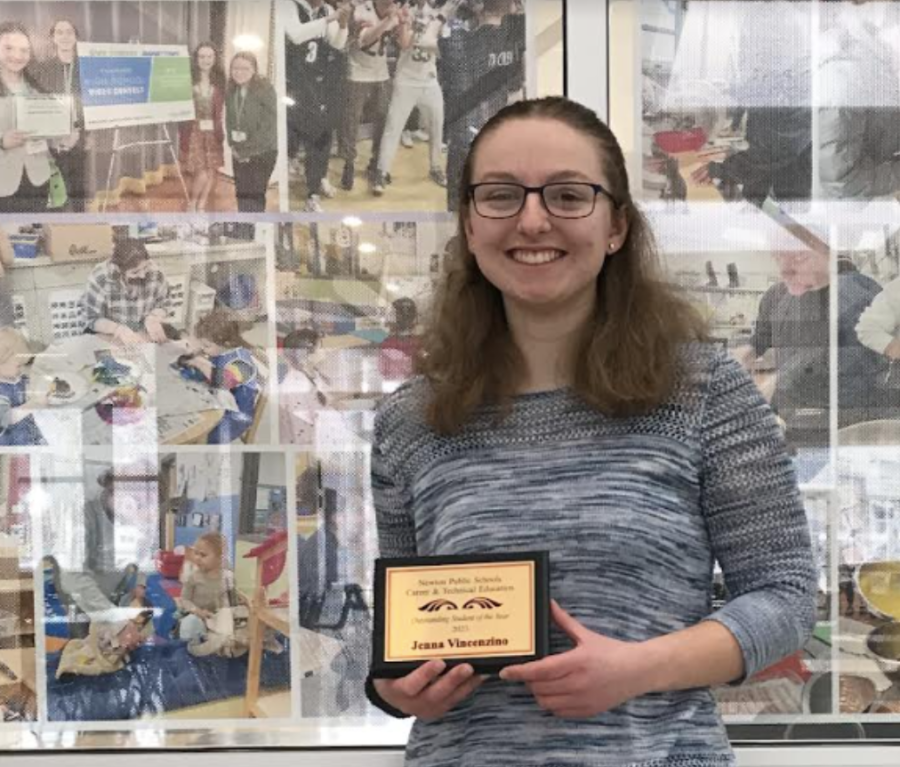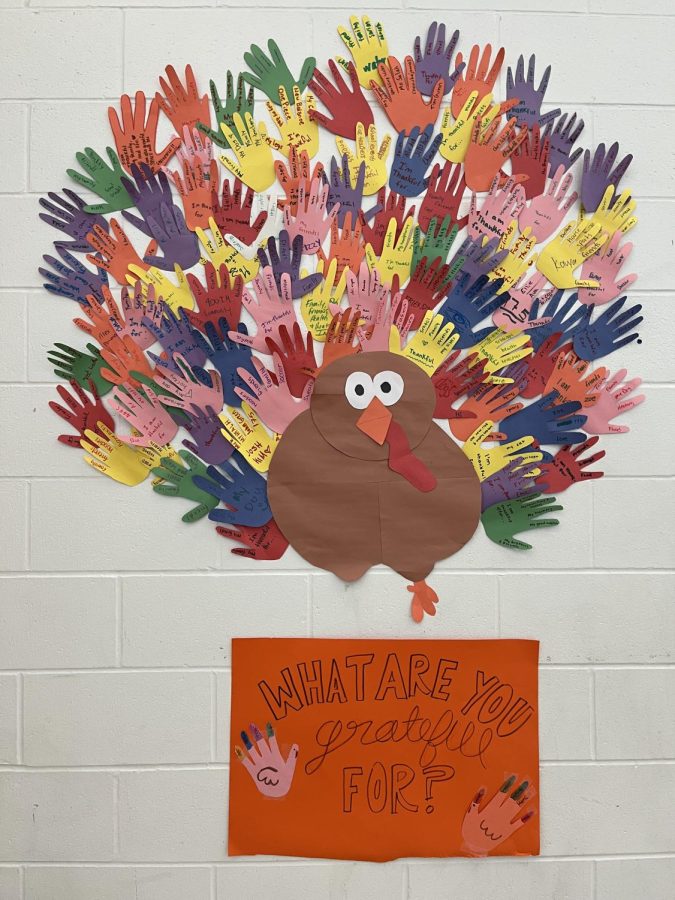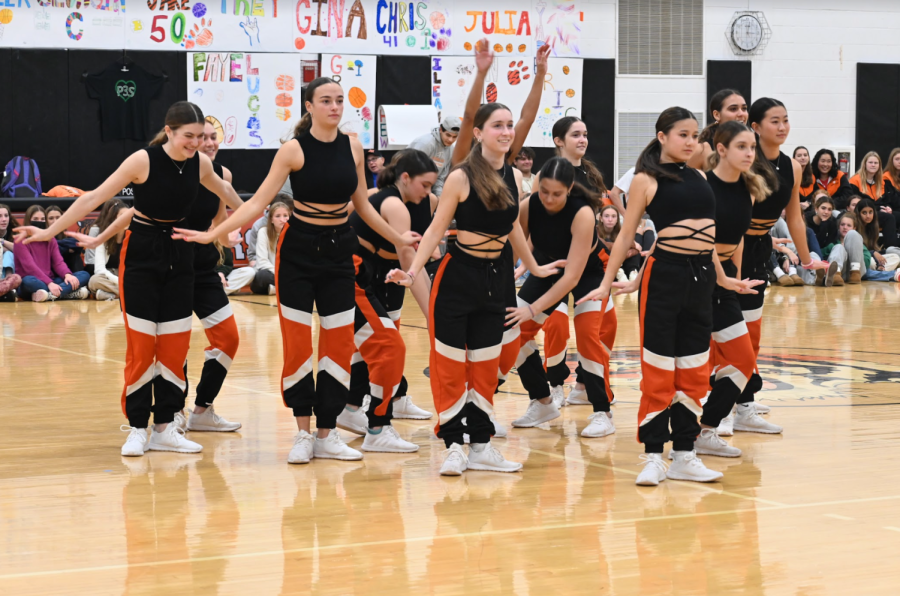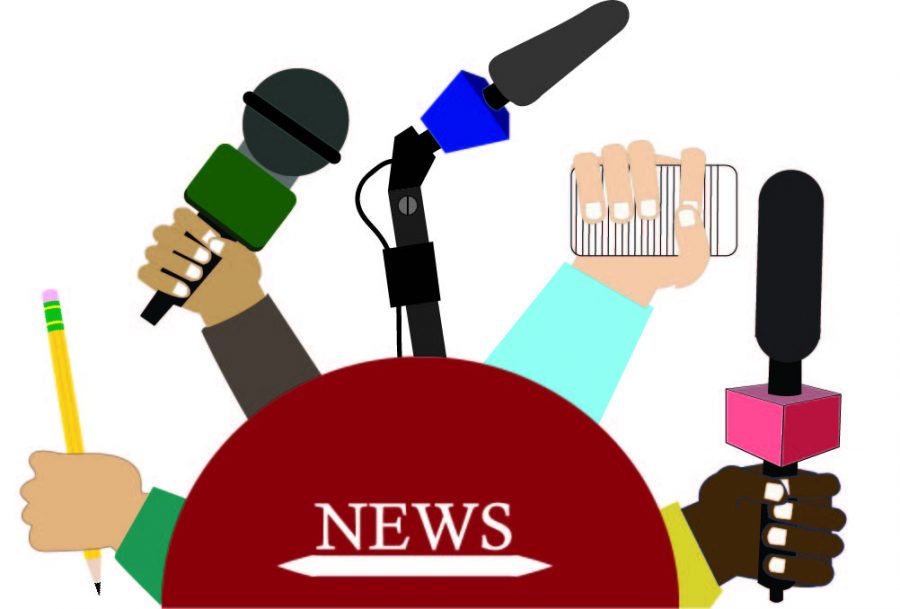 [/media-credit]
[/media-credit]
- Senior Sam Kane-Gerard led a discussion on the role of minorities in the LGBTQ movement.
by Malini Gandhi
To address the intersection of sexual orientation with racial and socio-economic status, the Gay-Straight Alliance screened three video clips during C-block in the little theatre as part of Transgendered Bisexual Gay Lesbian Awareness Day.
The first clip featured interviews with LGBTQ Asian-Americans who reflected on their double identities as both LGBTQ and as members of minority ethnic groups.
One of the unnamed women interviewed in the clip consistently articulated the idea that being “queer and Asian-American at the same time is ten times harder than simply being one or the other.”
“There is homophobia in the Asian community and racism in the queer community, so being both is very difficult,” she said.
The second clip consisted of a panel discussion between people who discussed their roles as both leaders in the LGBTQ activist community and as people of color.
The panelists stressed the point that the LGBTQ movement cannot simply be about gay rights. Addressing the racial and socio-economic dimensions of the issue of gender identity is also vital.
Too often, the panelists said, different non-profit organizations dedicated to the various sides of social justice operate in isolation, a trend that can be harmful in a world where the major issues lie “at an intersection” between these multiple dimensions.
For example, homelessness is a prominent issue facing the LGBTQ community. According to one of the panelists, up to 40 percent of homeless people in the United States are LGBTQ youth.
Homelessness among LGBTQ youth is an example of an issue where simply campaigning for gay rights is not enough, acocrding to the panelists. Homelessness involves race, socio-economic background and countless other threads of social inequality, all of which must be addressed in order to effectively counter this problem.
The final clip, an interview with Indian-American LGBTQ activist Urvashi Vaid, also focused on the theme of the pressing need to expand the LGBTQ agenda.
According to Vaid, while the LGBTQ movement certainly needs to pick and choose struggles in order to operate effectively. “There are so many racial, gender and socio-economic dimensions to the LGBTQ movement that they cannot be ignored. In recent years, the movement has shrunk its vision and its agenda. I think this approach brings short-term gains and long-term losses,” she said.
Vaid cited the recent repeal of Don’t Ask Don’t Tell to highlight a victory that could be taken further. While the removal of Don’t Ask Don’t Tell is certainly a necessary first step, simply getting rid of the policy does not address every facet of the problem of LGBTQ community in the military.
Vaid mentioned that another dimension of the issue was the fact that a high proportion of the discharges under Don’t Ask Don’t Tell were women or people of color. As long as the military remains a patriarchal and racist institution, the fight is far from over, Vaid said.
“We are pretending we are all white, middle-class men. This is certainly not the case. The donors to the LGBTQ movement essentially control the agenda, and up until recently, these donors have not had racism on their radar. We need to expand the LGBTQ movement to address this issue,” she said.
Following the three video clips, seniors Miko Walsh and Sam Kane-Gerard led a discussion that covered the stereotypes of LGBTQ people in the media and the role of racial and socio-economic issues in the LGBTQ movement.

